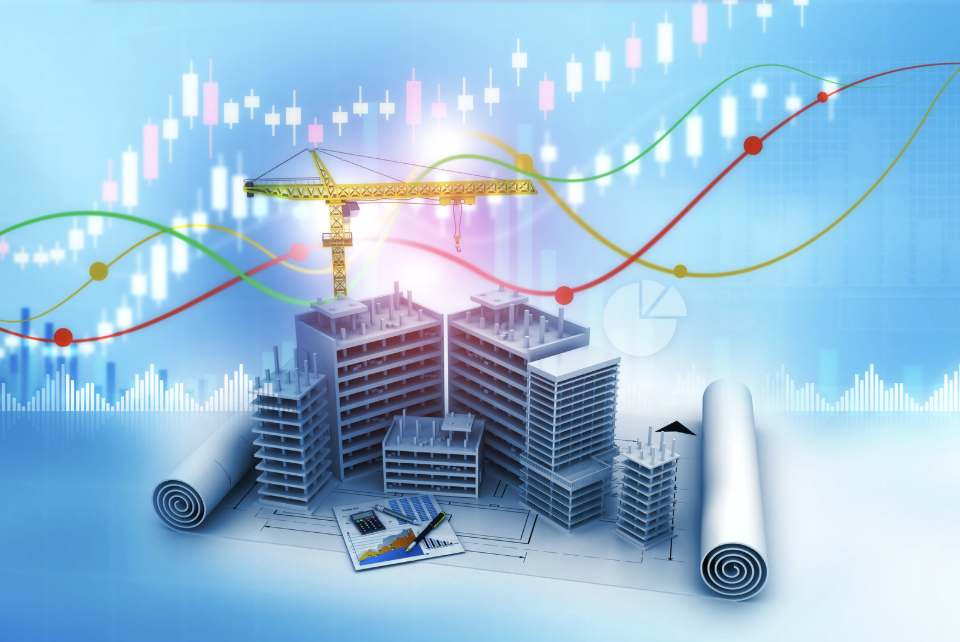Continued Growth in the Industrial and Logistics Real Estate Sector
The industrial and logistics real estate sector has experienced remarkable growth in recent years. This trend is largely driven by the exponential expansion of e-commerce and the burgeoning activity in supply chain management. As consumer preferences evolve and industries increasingly seek efficiency and speed in their operations, the demand for industrial spaces has surged, altering the landscape of real estate investment and development.
The E-commerce Boom
E-commerce has fundamentally transformed consumer behavior, particularly in the wake of global events like the pandemic, which accelerated online shopping habits. More consumers are turning to online platforms for their purchasing needs, prompting retailers to enhance their distribution capabilities. This shift has necessitated the need for modern warehouse facilities that can accommodate greater volumes of inventory and streamline the fulfillment process. As a result, logistics facilities located near urban centers or major transportation routes have become highly sought after, driving up both demand and rental prices in this sector.
Supply Chain Optimization
Beyond the growth of e-commerce, the importance of supply chain optimization cannot be overstated. Businesses are now more focused on creating resilient supply chains capable of adapting to unforeseen disruptions. This has led to a reevaluation of logistics strategies, with many companies opting to invest in more sophisticated technological infrastructures. A key aspect of this strategy involves the acquisition of additional warehouse space to facilitate better inventory management and minimize delivery times. This has prompted developers to construct new facilities or repurpose existing properties, further fueling growth in the industrial real estate market.
Sustainability in Industrial Development
Furthermore, there is a growing awareness of sustainability within the industrial and logistics sector. Developers and companies are increasingly pursuing green building certifications and sustainable practices as part of their commitment to reduce environmental impact. This includes the integration of energy-efficient technologies, such as solar panels and LED lighting, as well as the implementation of sustainable materials in construction. Such practices not only meet consumer demands for greener products but can also lead to cost savings in the long run, making these facilities attractive to investors and operators alike.
Technological Advancements
The rise of technology in the logistics field is another pivotal factor contributing to the sector’s growth. Automation, data analytics, and artificial intelligence are becoming integral components of warehouse management systems. These technologies enhance efficiency, allowing companies to better manage inventory, optimize delivery routes, and improve order fulfillment times. As logistics operations become more sophisticated, the demand for facilities that can support advanced technologies and provide necessary infrastructure is escalating.
Investment Trends and Opportunities
The industrial real estate market has also become a hotspot for investors seeking stable returns. With lower vacancy rates and a consistent increase in demand for logistics-related properties, institutional investors and real estate investment trusts (REITs) have begun prioritizing the sector in their portfolios. This influx of capital is leading to increased competition in the market, as investors seek high-quality assets that can offer future growth potential. As a result, emerging markets and secondary cities are becoming attractive options for investment as they present opportunities to capitalize on the ongoing demand for logistics spaces.
Challenges and Considerations
Despite the growth prospects in the industrial and logistics real estate sector, challenges persist. Rising construction costs, zoning regulations, and environmental considerations pose hurdles for developers. Additionally, the need for infrastructure improvements, such as road maintenance and transportation capabilities, is vital to support the rapid expansion of logistics facilities. Stakeholders must navigate these challenges while remaining adaptable to changing market dynamics.
Conclusion
The industrial and logistics real estate sector is poised for continued growth, driven by e-commerce and enhanced supply chain management. As companies strive to optimize their operations and improve efficiency, demand for modern, strategically located warehouse facilities will likely remain robust. With a focus on sustainability and technological advancement, the sector is evolving to meet the needs of a rapidly changing market. However, it is crucial for investors and developers to remain cognizant of the challenges that accompany this growth. By doing so, they can capitalize on the opportunities presented while contributing to a forward-thinking and resilient industrial landscape.
FAQs
What factors are contributing to the growth of industrial real estate?
The growth of the industrial real estate sector is primarily driven by the rise of e-commerce, supply chain optimization, technological advancements, and a growing emphasis on sustainability.
Why is e-commerce significant for logistics real estate?
E-commerce has changed consumer behavior, leading retailers to expand their distribution networks and invest in modern warehouse spaces, increasing demand for logistics real estate.
How are companies improving supply chain resilience?
Companies are enhancing supply chain resilience by investing in additional warehouse capacity, adopting advanced technologies, and adopting better inventory management practices.
What investment opportunities exist in the industrial sector?
Increasing demand for logistics facilities has attracted institutional investors and REITs, particularly in emerging markets and secondary cities where opportunities for growth are abundant.
What are the main challenges facing the industrial real estate sector?
Challenges include rising construction costs, zoning regulations, necessary infrastructure improvements, and environmental considerations that must be managed effectively.

